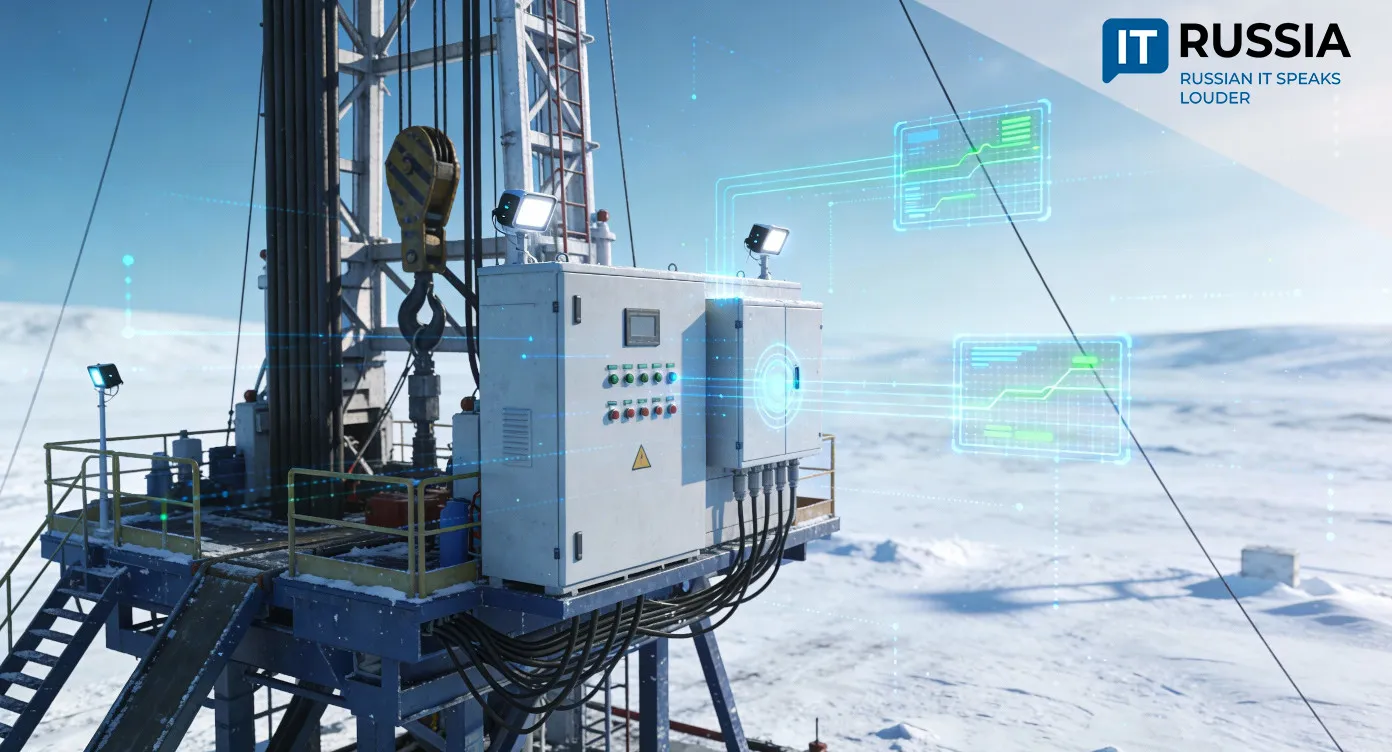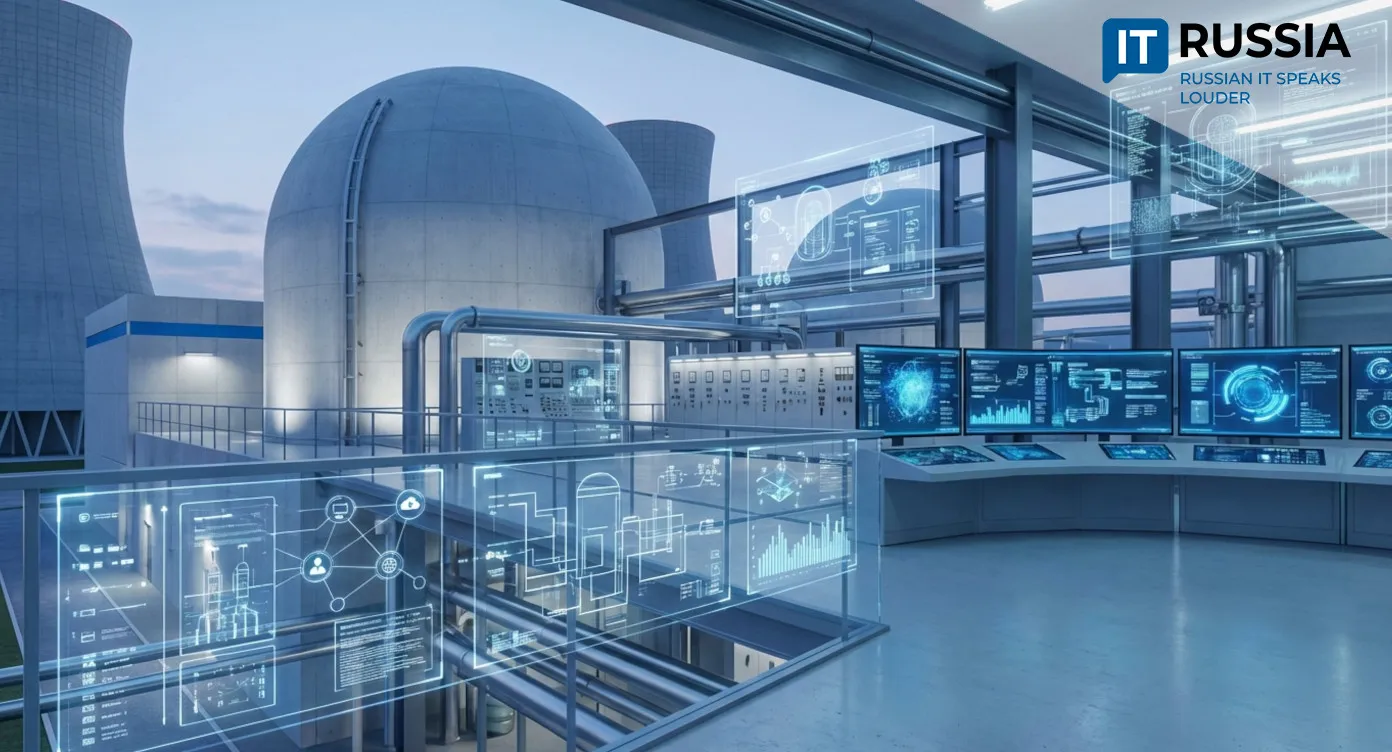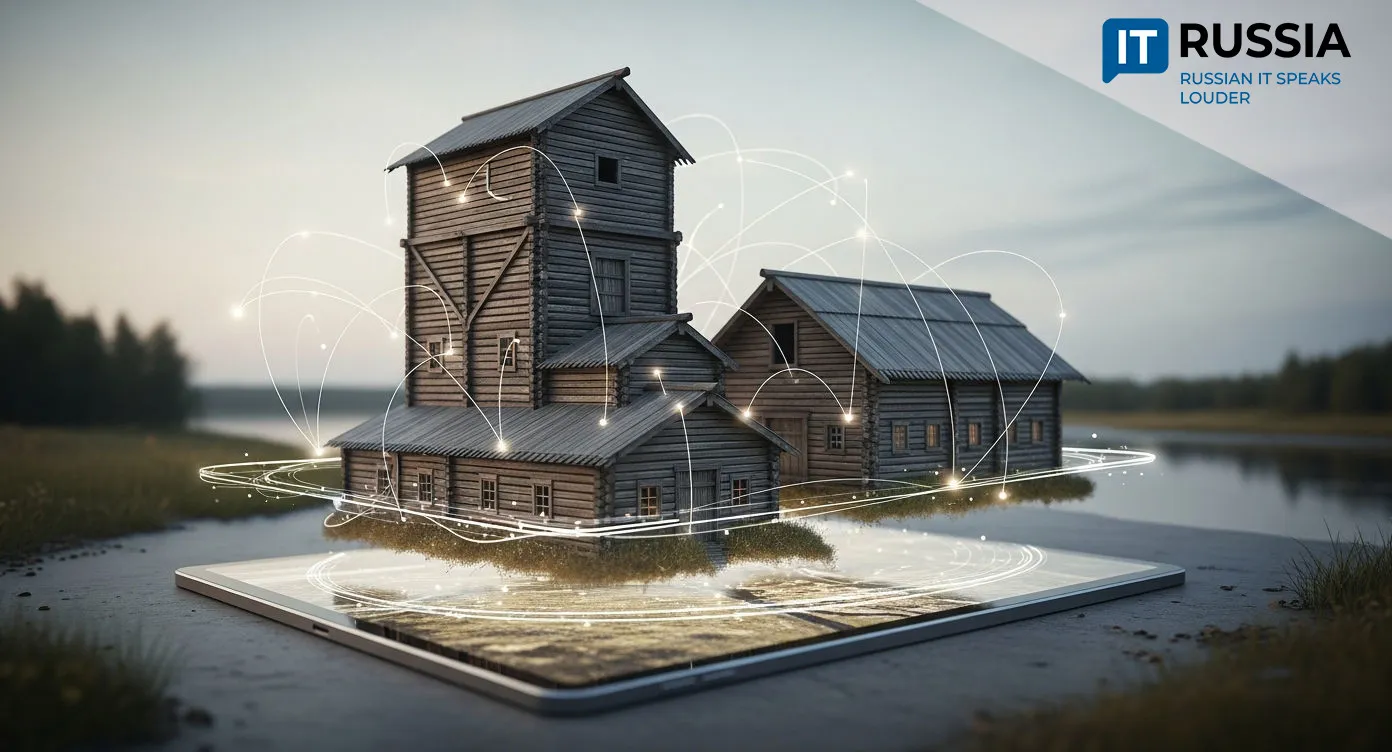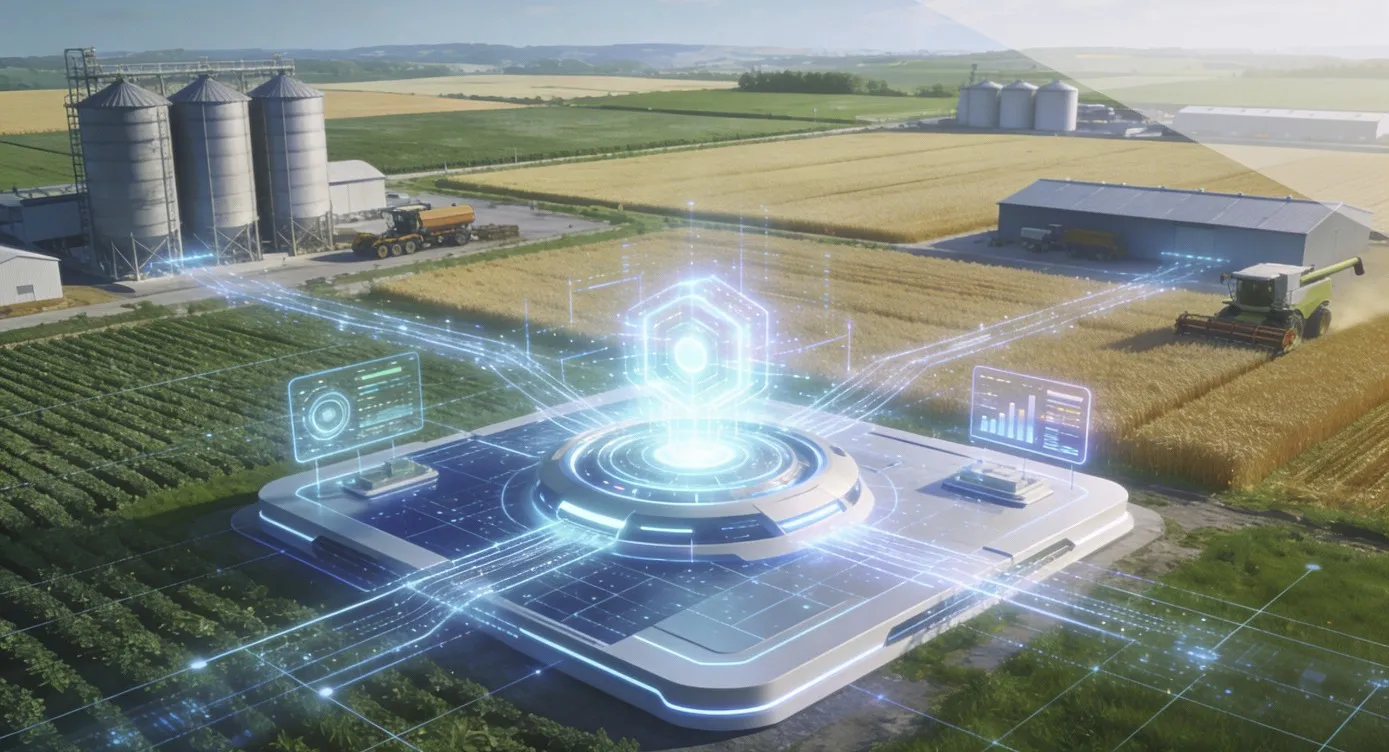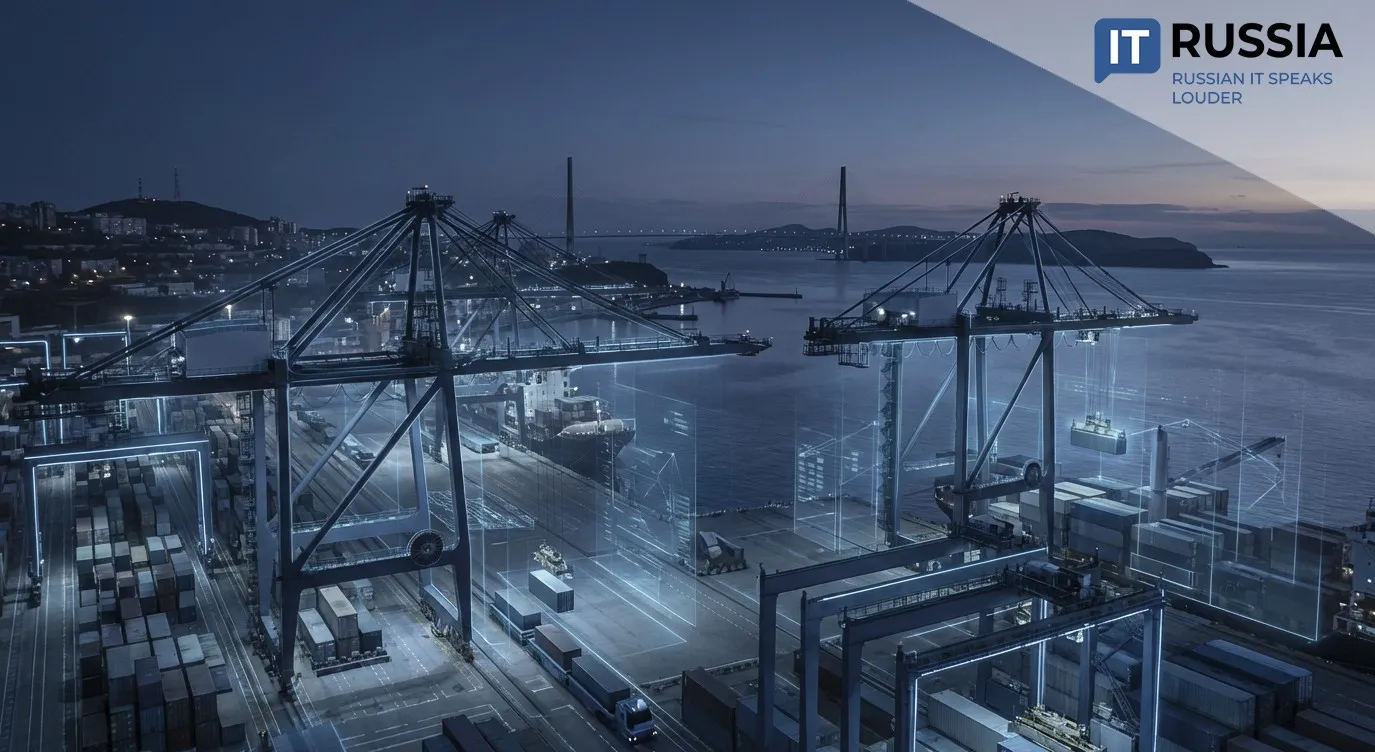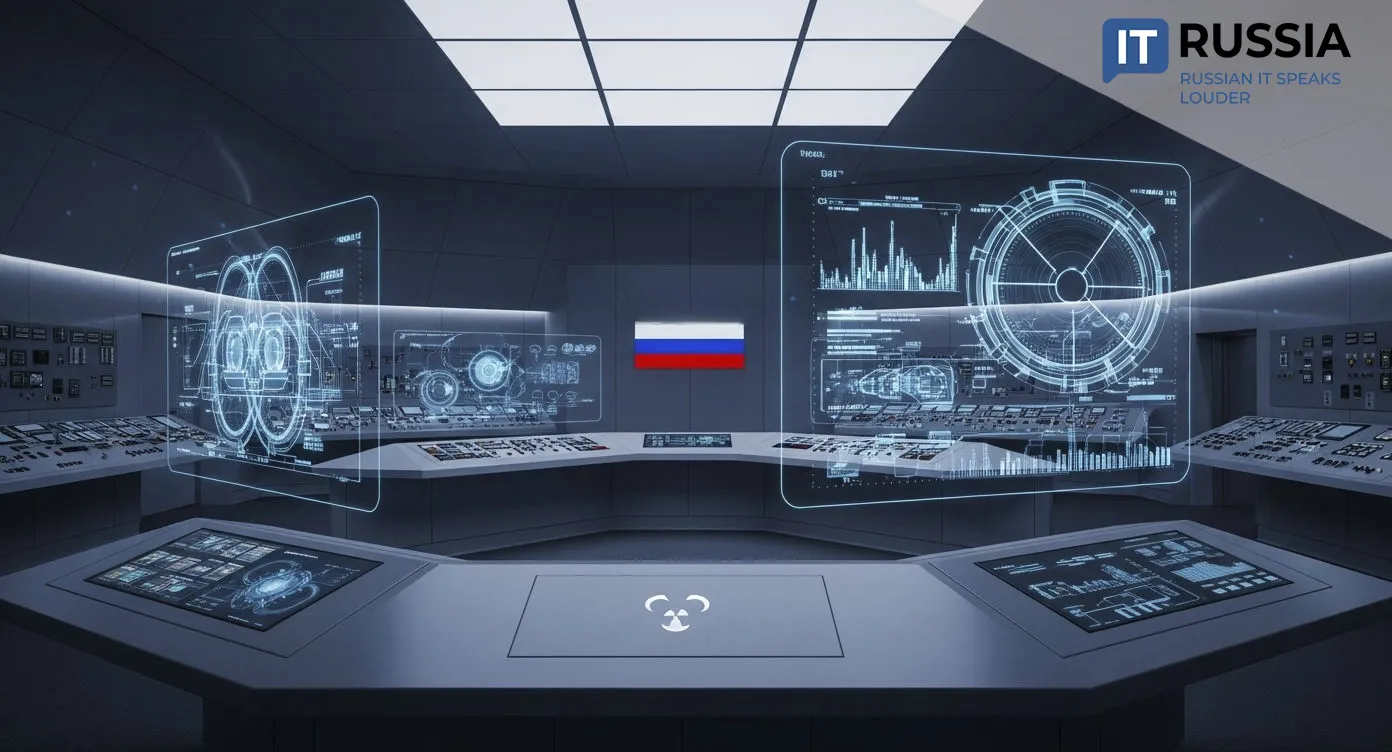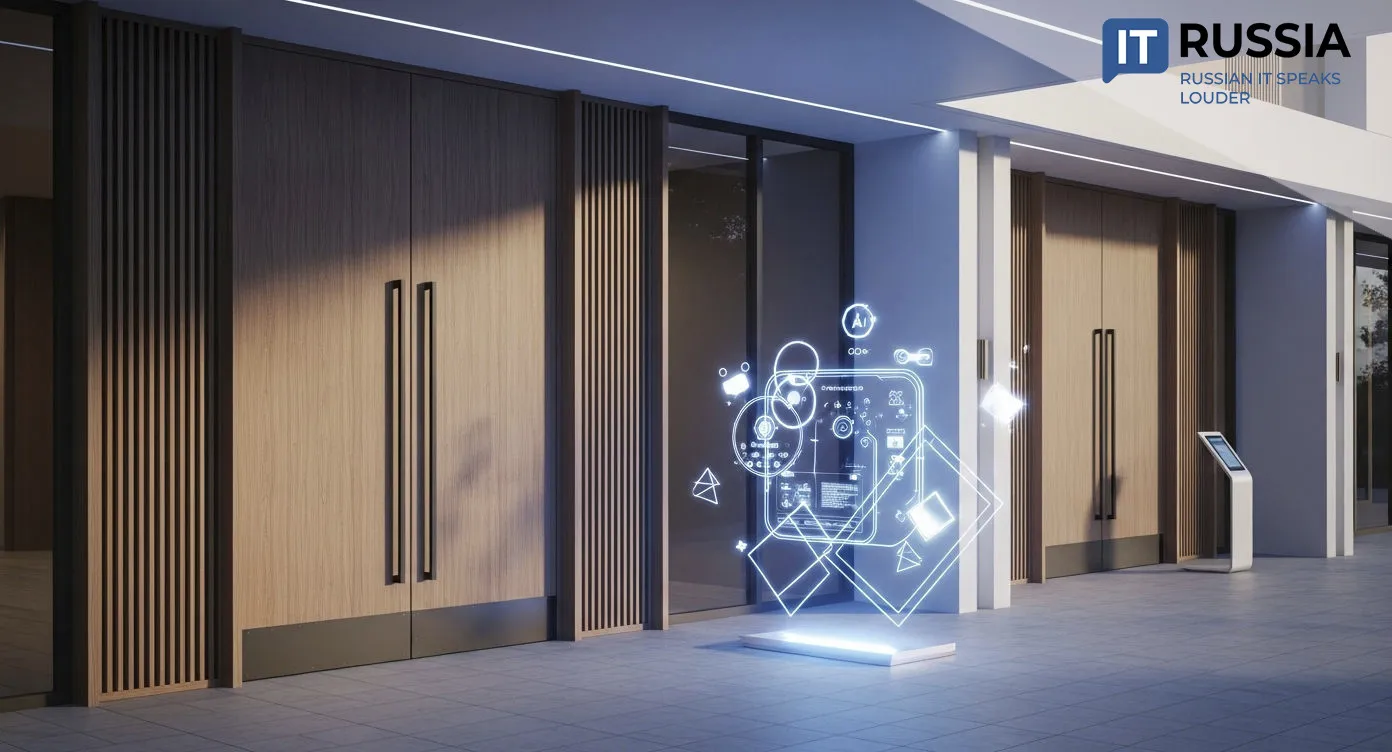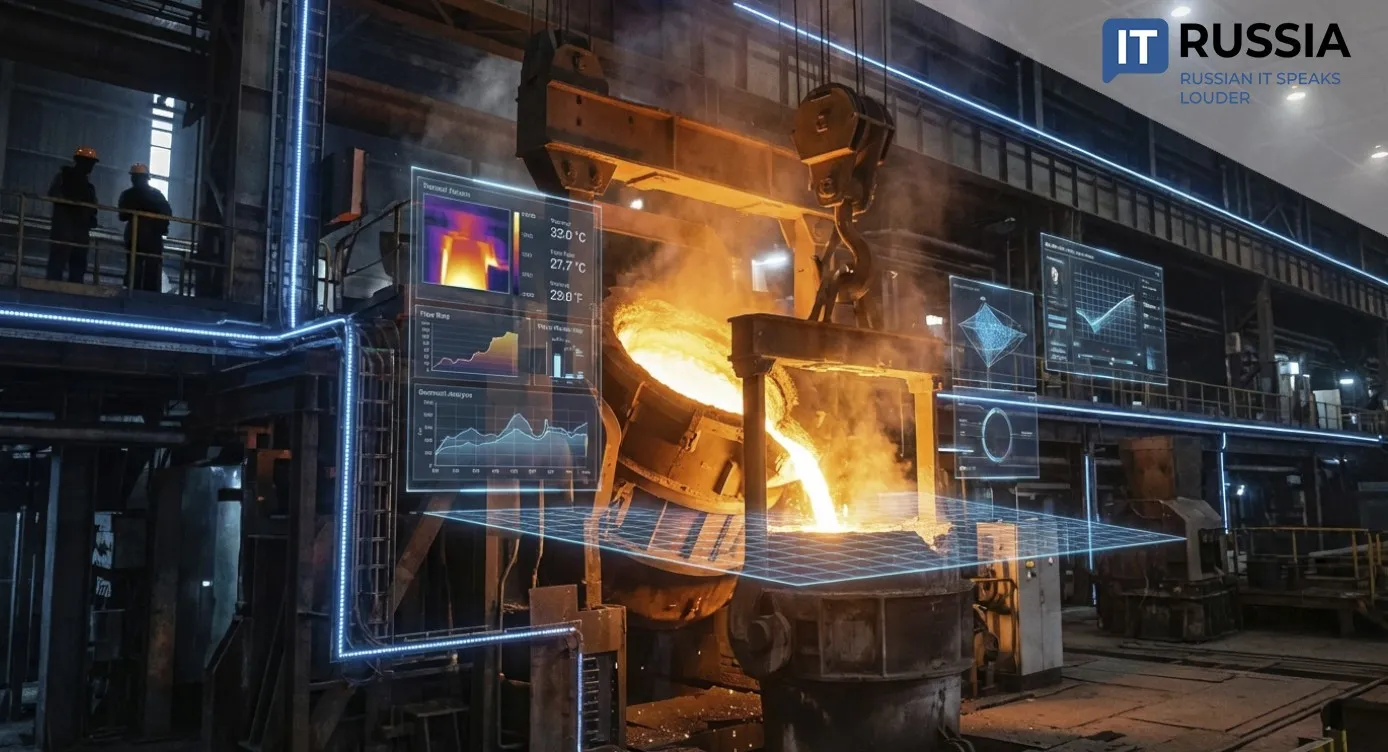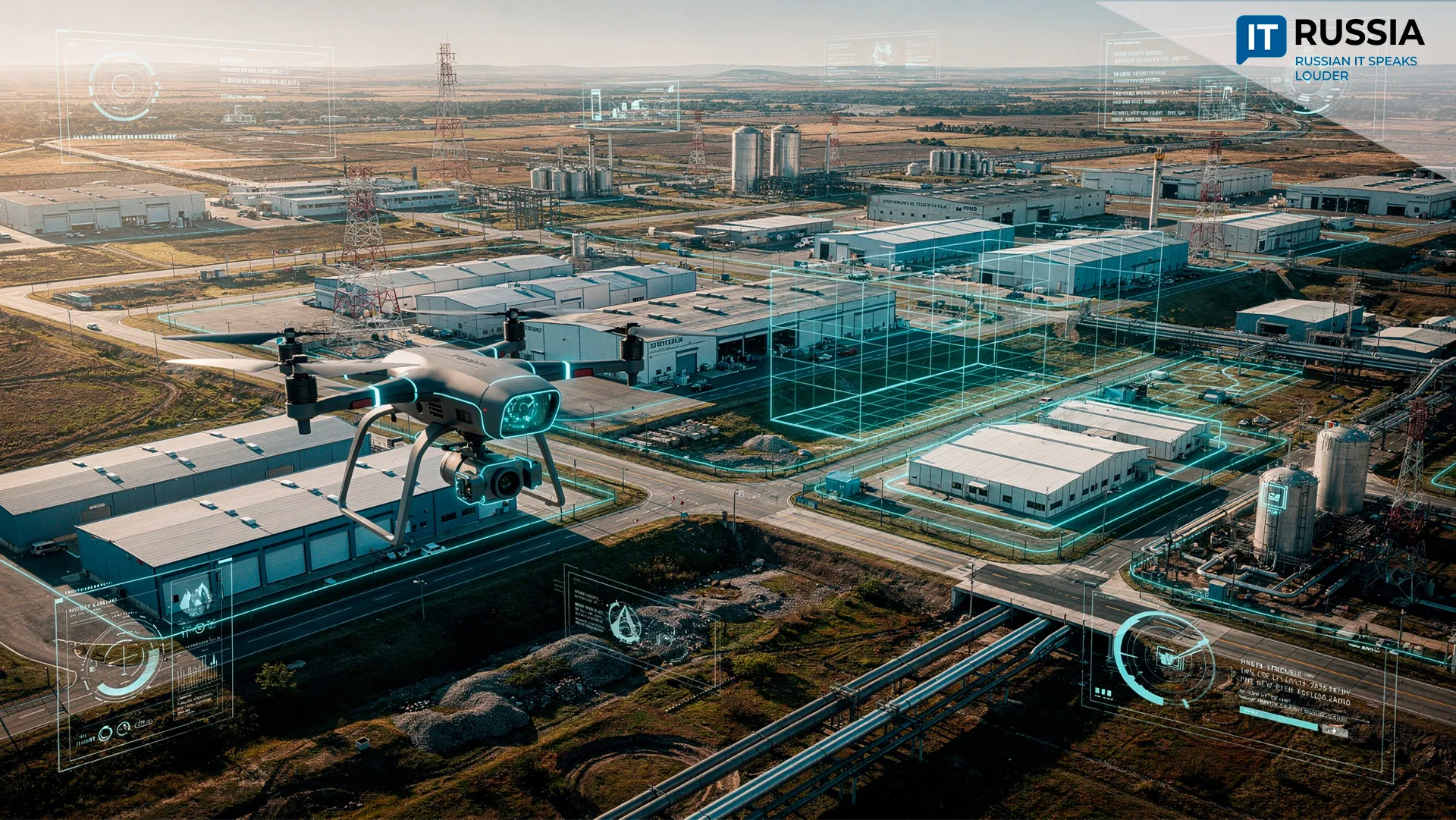Digital Shale Twin Points the Way
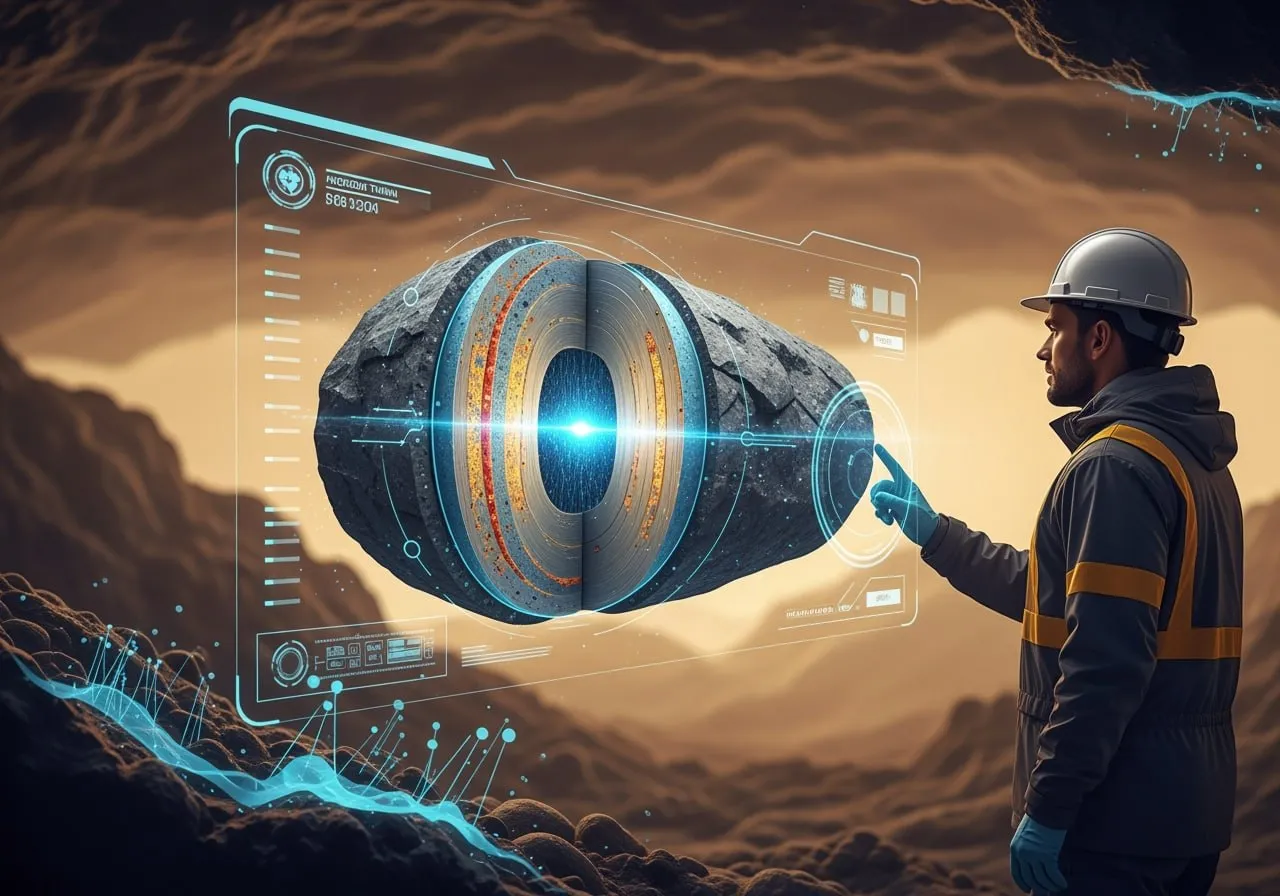
A groundbreaking Russia–China university partnership has delivered a high‑precision digital twin technology for modeling shale formations, promising faster, cheaper and more environmentally responsible shale‑gas development.
From Physical Core to Virtual Experimentation
Researchers at Perm National Research Polytechnic University (PNRPU) and the China University of Petroleum (Beijing) have leap‑frogged traditional lab workflows by creating three‑dimensional “digital twins” of real core samples. In conventional testing, intact rock cylinders retrieved from wells incur high costs and often fail to capture the full complexity of in‑situ reservoir behavior.
By combining sophisticated algorithms with computed‑tomography data, the team reconstructs every pore space, fracture network and mineral phase—clay, quartz, feldspar and pyrite—with unprecedented resolution. These virtual cores then undergo simulated hydraulic fracturing experiments. According to project results, the digital twin predicts, with up to 90 percent accuracy, the most promising zones for crack propagation—critical information for designing efficient stimulation programs and maximizing gas recovery.
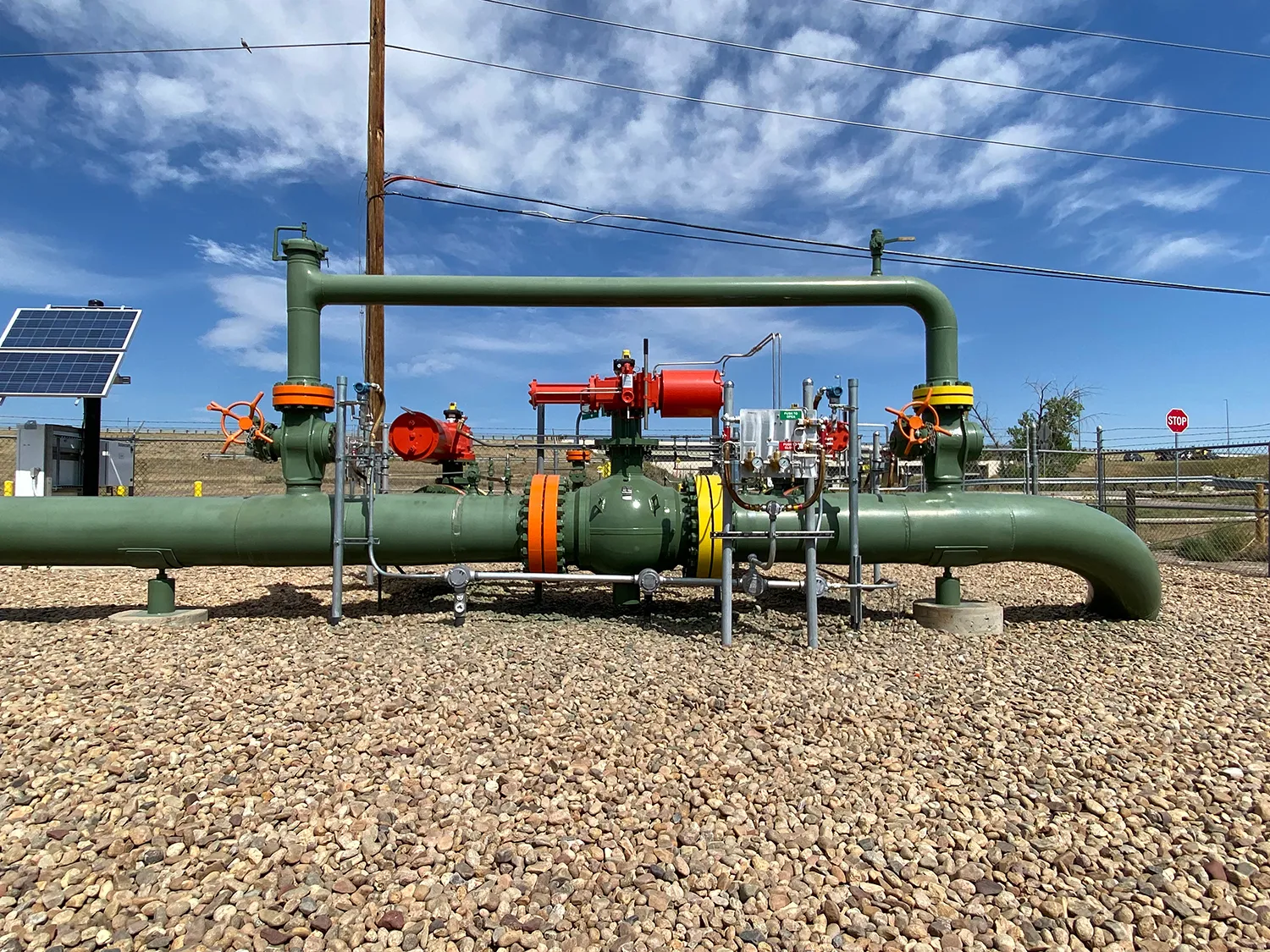
Strategic Impact and Deployment Prospects
This innovation represents a major advance in digitalizing Russia’s energy and mining sectors and marks a breakthrough in industry‑specific geoinformation systems. Supported by the National Technology Initiative, these automated models are already positioned for export to global markets hungry for cost‑effective reservoir analysis tools.
Within Russia, initial applications are planned for the Bazhenov Formation in the Urals and the Domanik Series in Western Siberia—some of the country’s most challenging shale plays. By reducing reliance on expensive core testing and minimizing the number of “dry” wells, the digital twin approach not only cuts operational costs but also lessens reservoir disturbance. Optimized fracturing designs translate into lower CO₂ emissions per unit of gas produced, delivering tangible environmental benefits alongside economic gains.
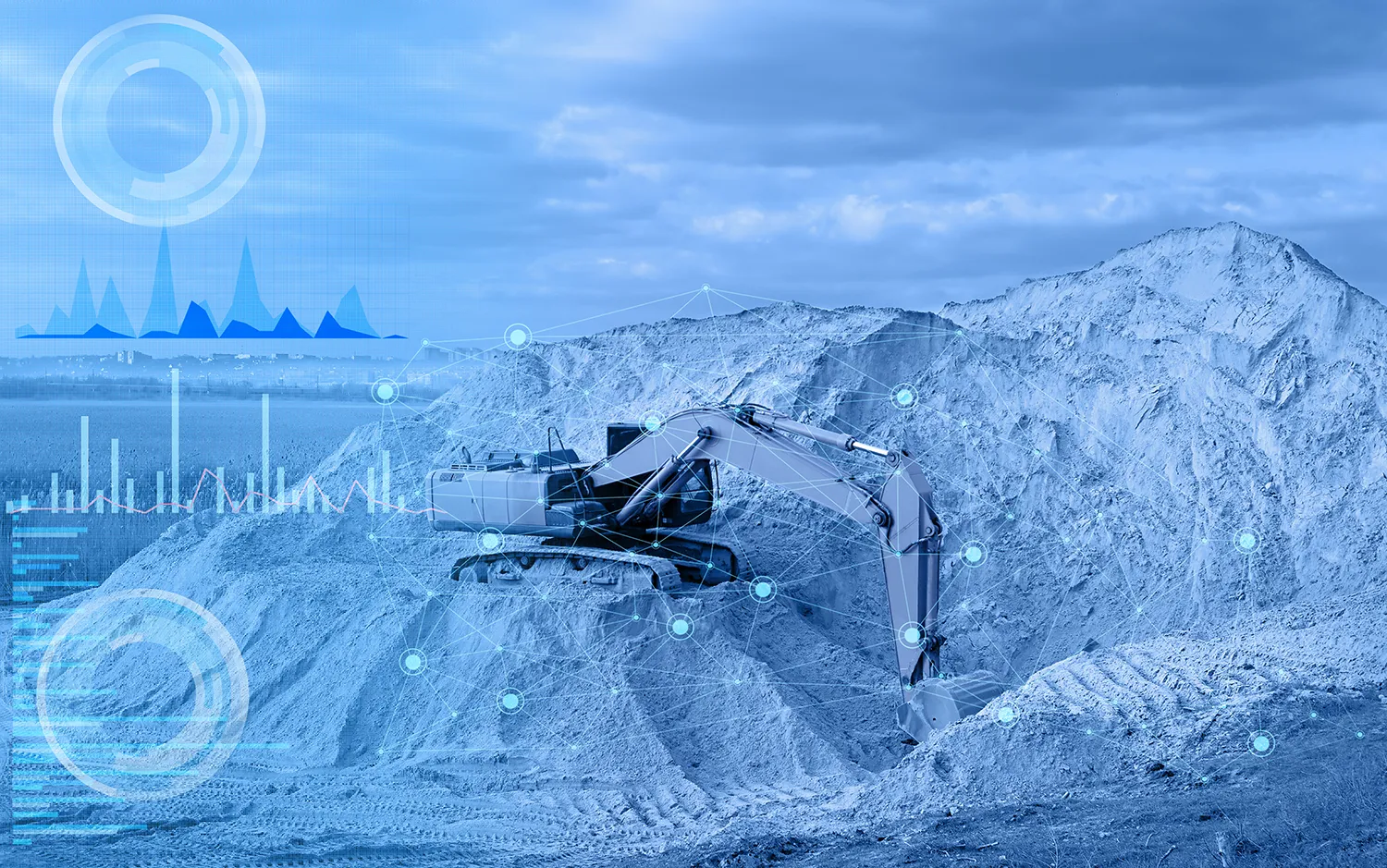
Outlook: From Experimental to Operational
Mathematical modeling for reservoir flow forecasting first emerged in 2019–2020 under U.S. and Chinese leadership. By 2023, digital‑twin detail had improved markedly, and in 2024, early field trials of virtual core analysis achieved predictive accuracies up to 80 percent. The current Russia–China collaboration has pushed that precision even further, moving the technology from experimental labs to practical field deployment.






